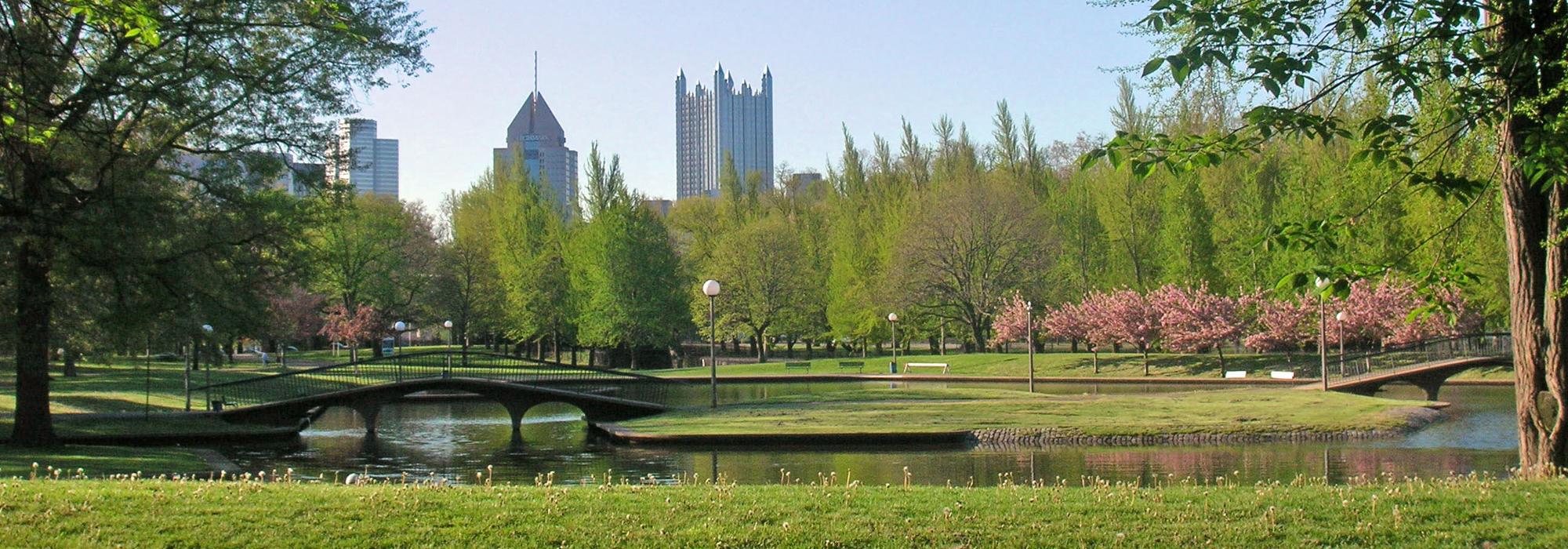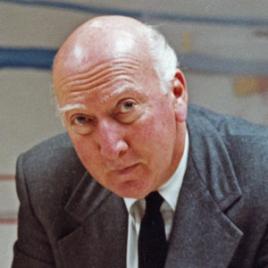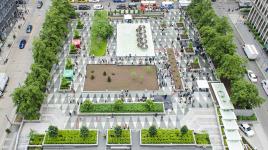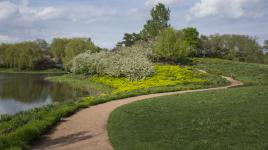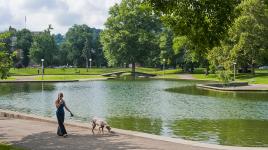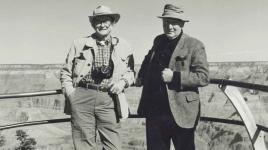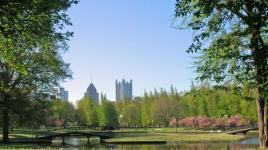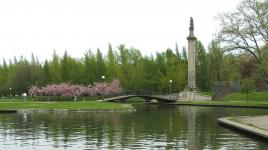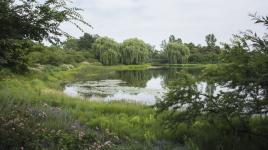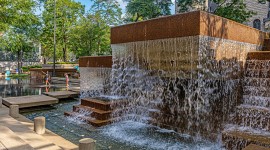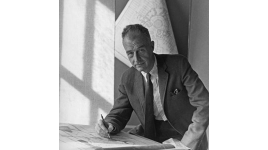Pioneer Information
Born in Jamestown, North Dakota, Simonds studied at Michigan State University and earned a Master of Landscape Architecture degree from Harvard’s Graduate School of Design. In 1939, he opened a practice in Pittsburgh, Pennsylvania with his brother Philip and later partnered with Lester Collins. In 1970, Collins, Simonds and Simonds became Environmental Planning and Design. A committed modernist, Simonds’ noteworthy Pittsburgh projects include Mellon Square, The Equitable Plaza, the Pittsburgh Aviary-Conservatory, and the redesign of Allegheny Commons. He developed the master plan for the new Chicago Botanic Garden and was engaged in the large-scale planning and development of new ecologically planned communities in south Florida including: Miami Lakes, Saga Bay, Indian Trace, and Pelican Bay. He was a dedicated environmentalist, professor, and an academic writer of numerous texts including the classic Landscape Architecture: A Manual of Site Planning and Design. Respected in the profession, Simonds was awarded Fellow of the American Society of Landscape Architecture (ASLA); the ASLA medal; and the ASLA President's Centennial medal.



